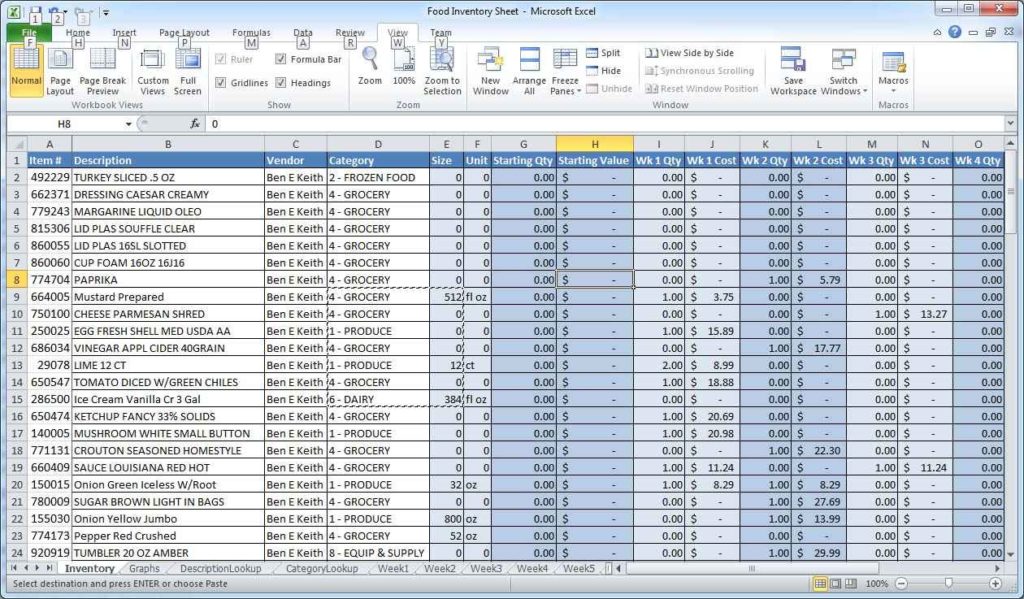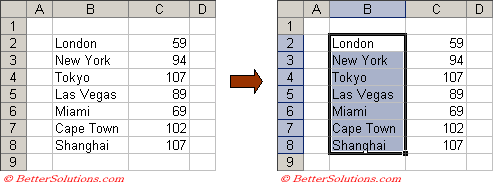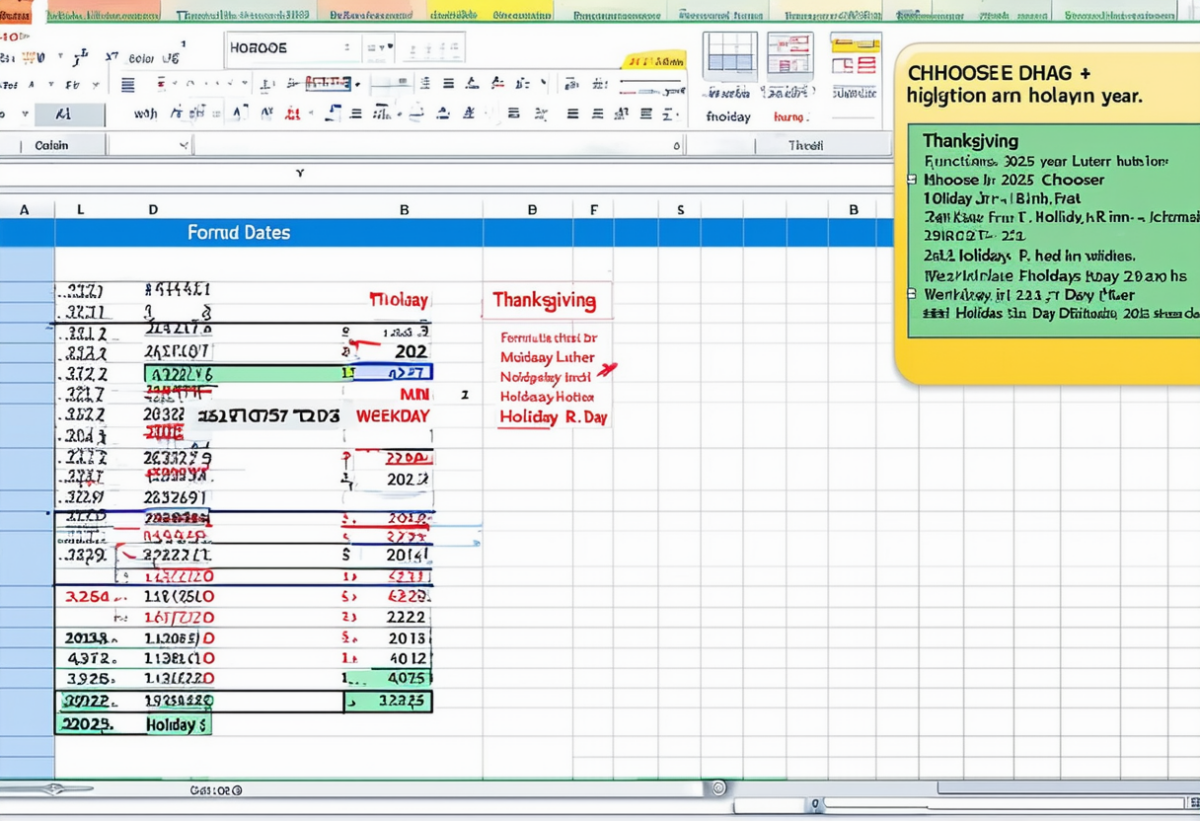5 Excel Formulas Named After Excel Itself

Discover the Power of Excel with 5 Excel Formulas

Excel is renowned for its robust functionality and extensive range of formulas that can make data manipulation and analysis not only feasible but incredibly efficient. Here are five Excel formulas that stand out, aptly named after the Excel software itself:
EXCEL

The EXCEL formula is not a standard Excel function but is often used in financial modeling to denote excess return over a risk-free rate. While Excel doesn’t provide this function directly, you can use a combination of other Excel functions to simulate it:
EXCEL = (Portfolio Return - Risk Free Rate) / Market Risk Premium
Here's how you might set this up:
- Calculate the market risk premium:
= (S&P500 Return - Risk-Free Rate) - Calculate the portfolio's excess return:
= (Portfolio Return - Risk-Free Rate) - Finally, divide the excess return by the market risk premium to get the EXCEL formula:
📝 Note: EXCEL here represents an advanced use case of Excel for financial analysis. It's not a native Excel function but showcases Excel's flexibility in custom calculations.
EXCEL.DATE

The EXCEL.DATE function helps in formatting dates to a specified format or converting dates to a numeric value:
=EXCEL.DATE(A1, "dd-mm-yyyy")to format a date in cell A1.=EXCEL.DATE(A1, "yyyy")to extract just the year from a date.
EXCEL.ROUND

The EXCEL.ROUND formula is used for rounding numbers to a specified number of decimal places:
=EXCEL.ROUND(A1, 2)will round the number in cell A1 to 2 decimal places.
This function is particularly useful when dealing with financial figures where rounding errors can lead to significant discrepancies.
EXCEL.FILTER

The EXCEL.FILTER function, introduced in Excel 365 and Excel 2019, allows users to filter data dynamically based on specified criteria:
=EXCEL.FILTER(range, include, [if empty])
Here's an example:
=EXCEL.FILTER(A2:C100, A2:A100="Sales")will filter all rows from A2 to C100 where the value in column A is "Sales".
Imagine you have a large dataset where you need to quickly find information about "Sales", this function makes it effortless.
EXCEL.SORT

The EXCEL.SORT function sorts a range or array based on one or more columns:
=EXCEL.SORT(range, [sort index], [sort order], [by column])
Let's say you want to sort sales data by date:
=EXCEL.SORT(A2:D100, 1, 1)will sort the data in A2:D100 by the first column in ascending order.
This function revolutionizes how data analysis is performed in Excel by offering dynamic sorting capabilities without the need for auxiliary columns.
In conclusion, Excel is much more than just a spreadsheet tool. These advanced formulas, named creatively after Excel itself, illustrate the software’s deep capabilities in handling complex data manipulation tasks. They not only save time but also enhance the accuracy and efficiency of data handling in various professional settings, from finance to marketing, and beyond.
What does the EXCEL formula mean in finance?

+
The EXCEL formula in finance refers to the calculation of excess return, typically over a risk-free rate, which helps in evaluating the performance of an investment or portfolio relative to the broader market.
Can I use these formulas in older versions of Excel?

+
Functions like EXCEL.FILTER and EXCEL.SORT are exclusive to Excel 365 and Excel 2019 or later versions. For older versions, you might need to use alternative methods or VBA scripting to achieve similar functionality.
What’s the benefit of using the EXCEL.DATE formula?

+
The EXCEL.DATE formula provides a consistent way to format and manipulate date values, making it easier to handle large datasets or work with dates in different formats across the globe.